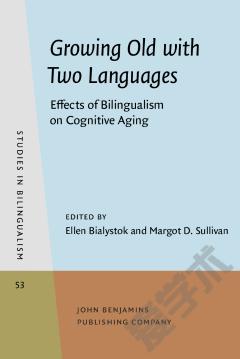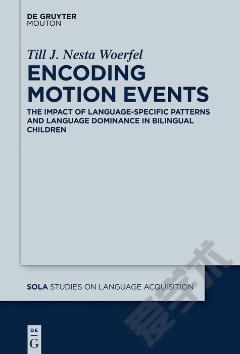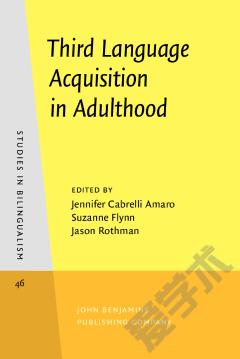Trilingual Language Acquisition. Contextual factors influencing active trilingualism in early childhood.
This book examines the language development of two children from the ages of two till four, who are growing up exposed to English, Swiss German and French. Its aim is to ascertain the importance of different environmental factors in fostering active trilingualism. These factors include the quantity of input for each language, whether or not the societal language is spoken in the home, and the conversational style of the caregivers. Although increasing numbers of children are being raised trilingually, research in this field is scarce; this study thus makes an important contribution to our knowledge of trilingual language acquisition. A special point of interest lies in a comparison of the acquisition of two minority languages by a single child, since this allows us to pinpoint more precisely how the development of non-societal languages can be influenced. This book will be of considerable interest to researchers and students working on multilingualism and language acquisition alike.
{{comment.content}}








 京公网安备 11010802027623号
京公网安备 11010802027623号